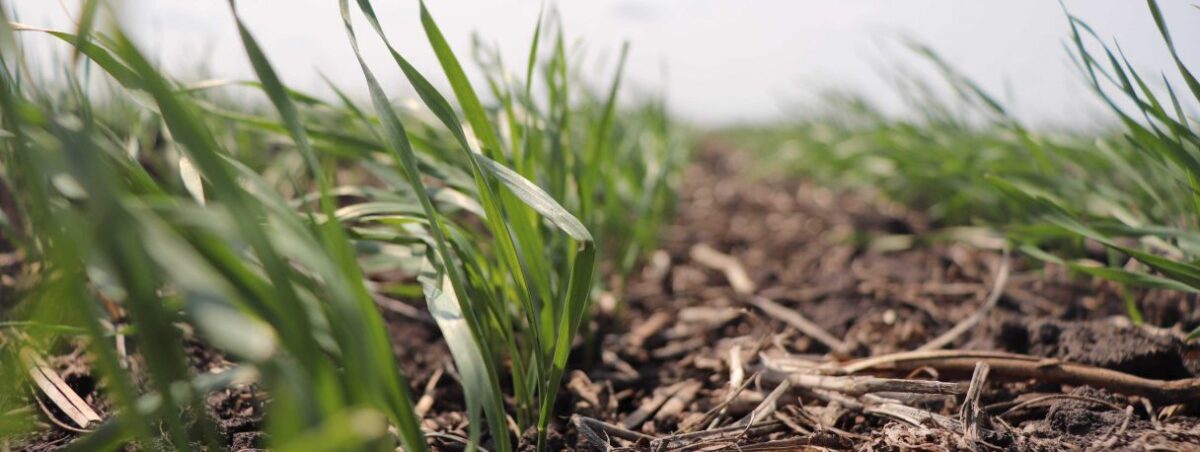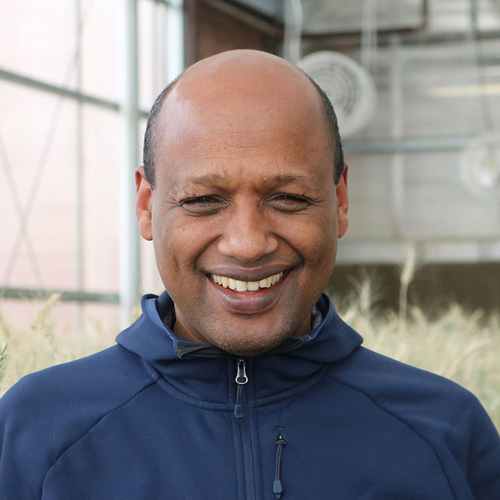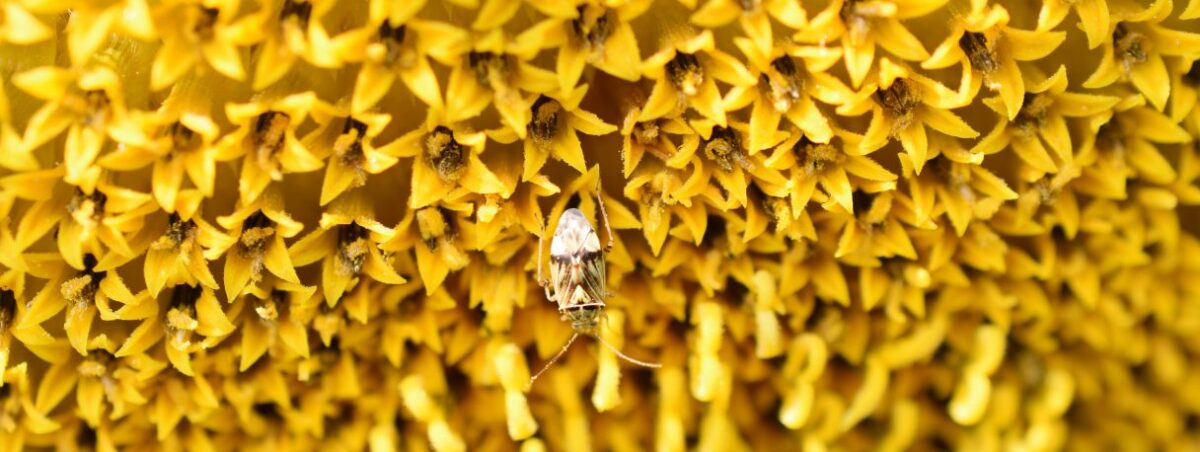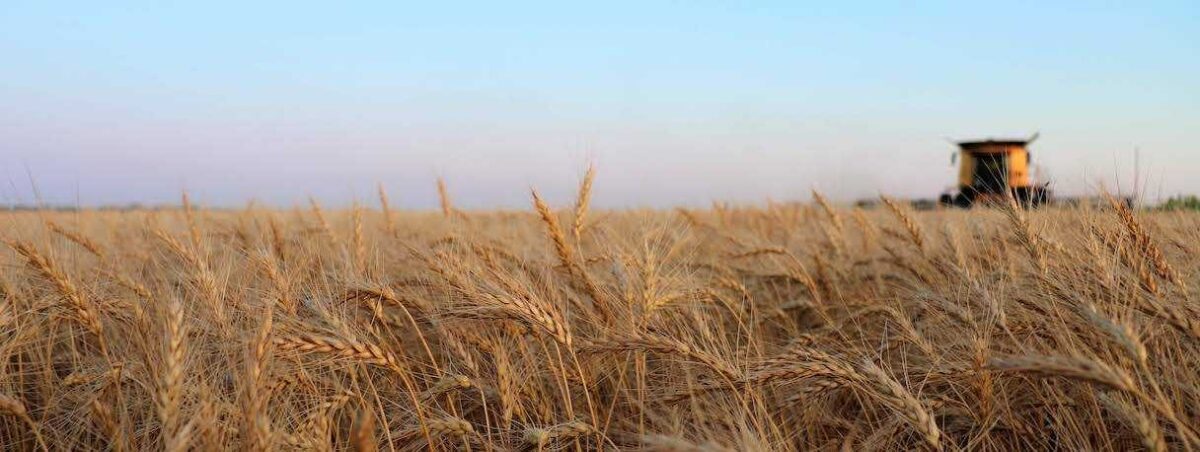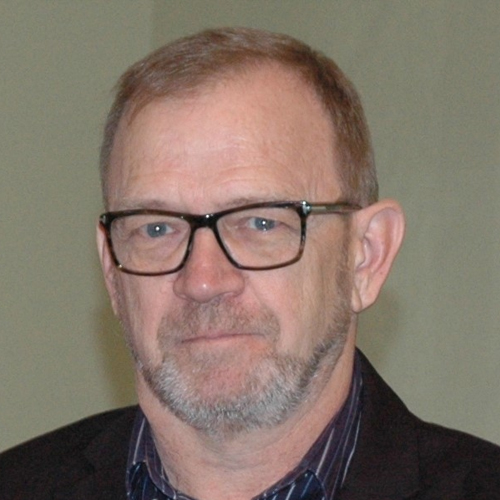Doug Cattani is the perennial grains breeder and agronomist at the University of Manitoba (U of M), with over 35 years of perennial grass breeding and perennial grass and legume seed production experience.
Cattani holds a bachelor of science in agriculture and a master’s degree in plant breeding, both from the U of M, and a PhD in plant production ecology from Wageningen Agricultural University in the Netherlands. He lives in Winnipeg, MB, and is married with three children and four grandchildren.
Where did you work before the U of M?
Before the U of M, I worked at provincial and federal government levels, in private industry and at another academic institution.
What is the best part about your job?
The best part of my job is being outside in the field interacting with plants and producers.
What got you interested in this area of work?
My first summer job as a university student was with the forage breeder here at the U of M and they happened to be working on seed production in perennials. After that, I worked for a year on vegetables and a year on wheat and barley, but I’ve predominately worked on perennials and I thoroughly enjoy it. A major focus has been on seed production and breeding for seed production.
Tell us a bit about what you’re working on at U of M.
From a research perspective, because I work with perennials, we are worried about what is happening 365 days of the year. Freezing rain, no snow, too much snow, all the problems people are worried about when dealing with perennials. Generally, from snow melt to when snow comes to stay, we are in the field evaluating our crop, watching it to determine ae we getting disease? Are there insects? Winterkill? We are looking at all the factors that go into the long-term survival of a perennial.
We are looking into the potential of adding intermediate wheatgrass as a perennial grain into western Canadian cropping systems. Earlier work brought about the selection of adapted materials for Western Canada, and current research looks to move the breeding along to traits with agronomic importance to sustainable production systems.
Currently, I am working with Dr. Matthew Bakker, U of M, in this research and we are looking at the genetics related to Fusarium head blight resistance and to seed size, as well as agronomic production systems for integration into a “typical” crop rotation in Western Canada. Practices identified for integration into typical crop rotations are especially promising for Manitoba, where precipitation tends to be higher than Alberta or Saskatchewan.
In the winter, I also teach courses, which have ranged from general agricultural production through to genetics, plant breeding, forage production and grassland science.
What can you say about the value of farmers providing funding and support to your organization?
In our system it’s almost imperative we get farmers’ support. For me personally, I am working on developing a new commodity, so the willingness of farmers to support research looking to potentially change the landscape of farming in Western Canada is critical for me to be able to move forward.
It also provides contact with farmers to bounce ideas off, have them test the materials and to work out the glitches of production on research-scale plots. Even though I have run experiments where our individual plot size is close to three acres, we are still not on a farm-scale production level. Having farmers grow it and work with it on their farm provides us with a better idea of what some of the challenges will be and, potentially, some of the best practices we could utilize.
How does that funding and support directly benefit farmers?
Hopefully, there is the potential for a new crop in the future – one that will aid in the aspects that have become quite popular in last couple years (like soil health). It’s generally accepted that having perennials on the landscape allows for less soil erosion, better nutrient and water utilization, and once established, you have ground cover 365 days of the year.
I think it would fit well with the current soybean, canola, wheat system that a lot of farmers are using. It will maintain soil health throughout the whole cycle of having the annual and perennial crops in a rotation. There are a number of potential benefits that could accrue from utilizing a perennial in a rotation.
It is important to understand this research is in its infancy. When I was an undergraduate student, I was told it was a stupid idea and it would never work. Then 25-30 years later, this idea came out again and there were people willing to work on it, seeing the potential direction of where the earth is heading and where production agriculture has taken us. We should be able to make progress over the next couple of decades to where we have something that will be tangible. Think of soybeans 20 years ago. How many acres did we have? Look at how much research has gone into getting soybeans to Western Canada. There is a risk, but there are definitely rewards in this type of research.
How do you spend your time outside of work?
I enjoy photography to an extent.
What gets you most excited about your work?
The potential of it and seeing the progress we’ve made. I’ve been doing this for 12 years and when I started, Manitoba Forage Seed Association industry reps said with intermediate wheatgrass they could average around 500 lbs/acre for maybe three years and then that’s it. The tests we just ran over three years (two of them very dry), we averaged over 600 lbs/acre a year. In this last year, with our best management program, we were at 750 lbs/acre in the third production year.
Just employing selection within Manitoba and some of our production methods we’ve been able to bump the yields up approximately 50 per cent. Quite encouraging that in a relatively short period of time, taken what industry told me was the norm, to now be up through relatively trying years and have results I am quite happy with. I see there is more potential.
What are you excited about for the future of your sector/agriculture?
We’re always going to need agriculture. I see agriculture is probably at the forefront in a lot of ways of taking climate change seriously. The industry understands the risks to production and realizes the need to continue to be productive at the current levels, but to do it in a manner that has less impact on our environment. Agriculture is taking a lead in a lot of this.
The road to perennializing some aspects of production agriculture is being led by the Land Institute out of Salina, Kansas. There is currently research taking place on six continents, with perennial rice being the largest success story to date. Research is needed in order to make progress and with the younger researchers becoming interested, we are seeing an influx of new ideas and newer skill sets into this research area. Researchers from four of the continents recently co-operated to evaluate some newer materials to get a better understanding of adaptation and how climate change could influence where different perennial crops could be grown.

